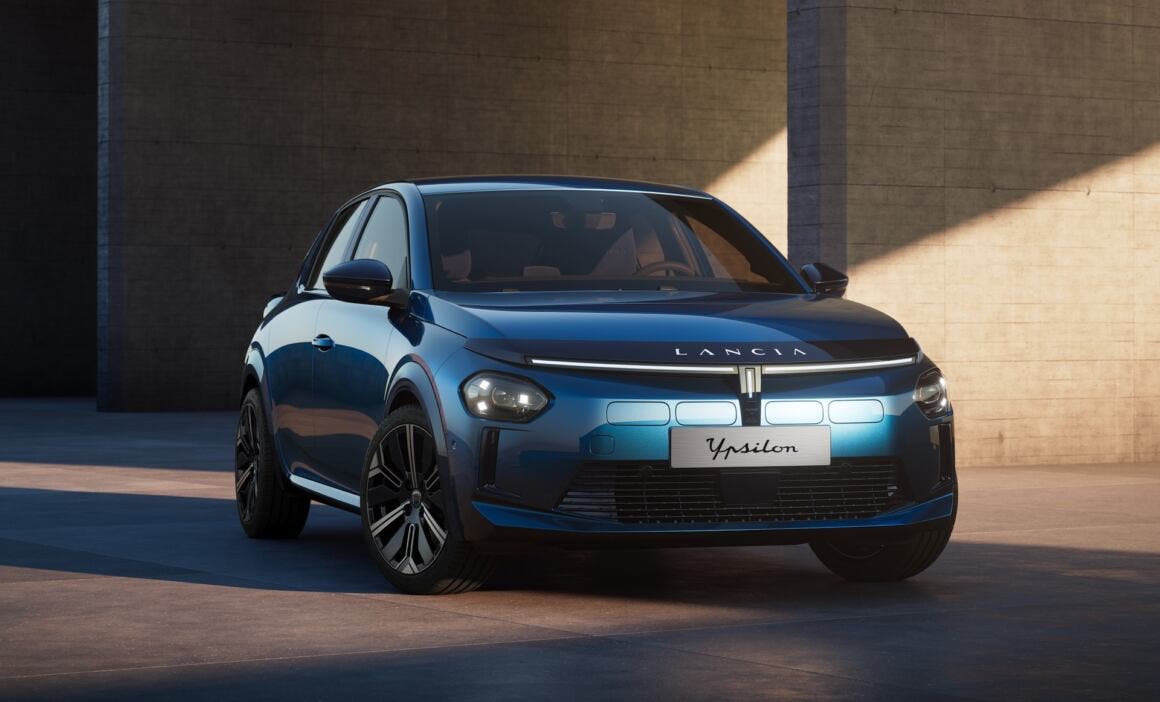Electric car sales are not experiencing the expected growth, leading automakers to reevaluate and adjust their strategies regarding zero-emission vehicles. Specifically, Stellantis is grappling with significantly lower sales of the Fiat 500e, which has recently made its debut in North America in three versions, as well as Abarth models, at work on the launch of the new 600e.
Is Stellantis revising its electric vehicle strategy?

Interestingly, other brands under the Stellantis umbrella, which seemed on the verge of transitioning exclusively to electric vehicles, are now reconsidering their commitment to internal combustion engines. The upcoming Alfa Romeo Stelvio and Giulia models, expected to hit the market in 2025 and 2026, were initially planned to be available solely in electric versions. However, recent developments suggest the possibility of offering these models with alternative powertrains. Jean-Philippe Imparato has highlighted that such strategic decisions could pivot based on the political landscapes shaped by the forthcoming elections in the United States and Europe.
Despite these uncertainties, Carlos Tavares, CEO of Stellantis, stated the irreversible commitment to electric technology. Nevertheless, he acknowledges that the full transition to zero emissions may face delays. These delays hinge on factors like the reduction in technology costs and the successful persuasion of consumers to embrace electric vehicles.
The long-term vision remains unchanged, especially considering the ban in Europe, set for 2035, on selling new internal combustion engine vehicles. This legislative direction underscores the inevitability of the shift toward electric vehicles. However, current market readiness and the sluggish sales figures for electric models suggest that Stellantis, among others, might be compelled to revisit and potentially recalibrate its electric vehicle strategies. This strategic flexibility highlights the industry’s responsiveness to evolving market demands, technological advancements, and regulatory environments, ensuring alignment with long-term environmental goals while navigating short-term challenges.
